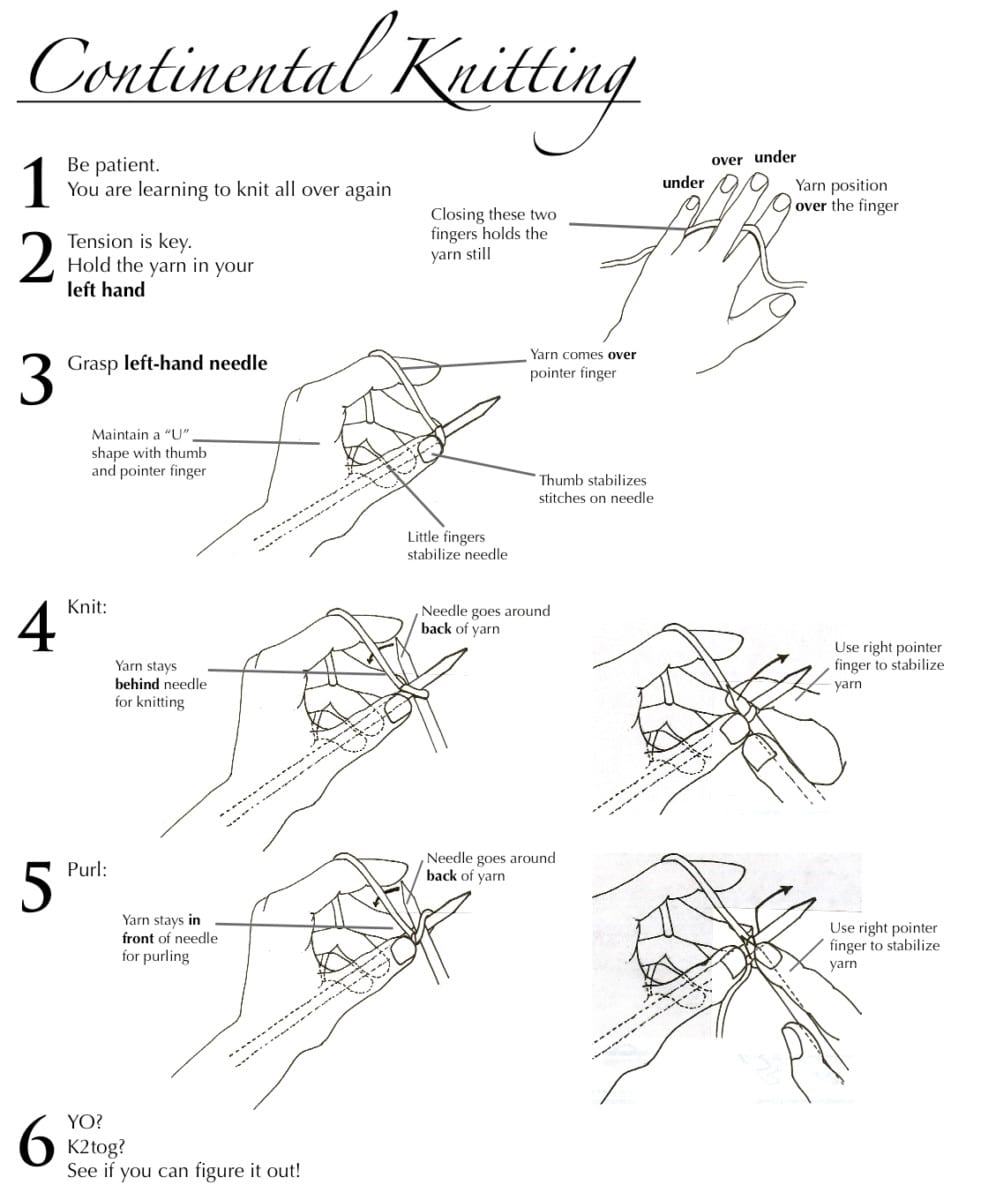Ch. 15 Continental Knitting
I’ve decided to include this special bonus section on Continental knitting because it’s been one of my most popular classes, and my students love being able to knit this way.
Why I Prefer Continental Knitting
 Remember those old cartoons of granny knitting away, how she just moved her needles and the scarf just grew from her needles, like magic?
Remember those old cartoons of granny knitting away, how she just moved her needles and the scarf just grew from her needles, like magic?
That’s why I love Continental knitting.
It’s Really Fast
Now, there’s no denying that some American-style knitters are faster than some Continental-style knitters. In fact, the Guinness World-Record Holder for knitting speed is a”thrower,” or an American-style knitter.
But in my experience, “pickers” (Continental knitters, so-called because they use their needles to “pick” loops of yarn, as opposed to “throwers,” who “throw” the yarn around the needle) knit much faster and more efficiently.
Continental knitting requires much less hand and arm movement to make each stitch, making it a very efficient way of knitting.
This efficiency is doubled when doing ribbing, because not only does the knitter not have to wrap the yarn for each stitch, she only has to move her finger to move the yarn to the front or back for each stitch. Watch the videos that follow and see the difference.
American Knitting vs. Continental Knitting
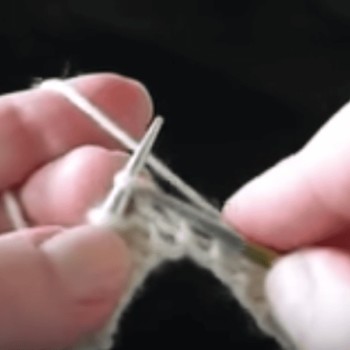
Notice how much less my hands have to move when I use the Continental style.
Restricted Video
 This video is available to members of Knitting Superstar University or the following classes:
This video is available to members of Knitting Superstar University or the following classes:
If you own this class, please LOG IN to watch.
American Ribbing vs. Continental Ribbing
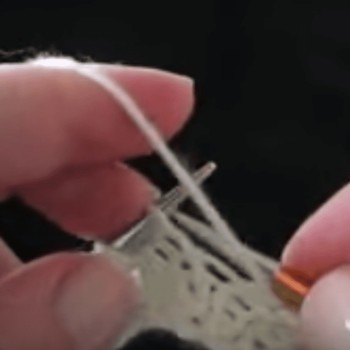
The speed advantage is multiplied when doing ribbing.
Restricted Video
 This video is available to members of Knitting Superstar University or the following classes:
This video is available to members of Knitting Superstar University or the following classes:
If you own this class, please LOG IN to watch.
It’s Ergonomic
Not having to use your right arm to wrap your yarn means that you can sit up straight and you don’t start tipping to one side, as many people do when using primarily one arm to do a task.
Your hands and shoulders relax, you can move around easily, and even knit more inconspicuously (boring lecture, anyone?)… all because of the small and subtle movements required for Continental knitting.
Knit Without Looking
My favorite reason to knit Continental is that it opens the door to being able to knit without looking, a must for watching movies and reading books while knitting. Yep, reading books! The movements made by a Continental knitter can be practiced by touch, just like typing.
With so many reasons to learn, let’s get started.
❤️ Learning to Knit Again ❤️
Please remember to be patient with yourself as you watch these videos and try out Continental knitting on your own.
Remember when you first learned to knit, how awkward it was? It will be the same now, only this time you already have “knitting instructions” in your brain that you will need to override.
The fact that you are completely switching hands will help the override happen, but try to just live with the feeling of not being very good at it yet. Most people never make the switch, because they just don’t like not being good at something that they “already” know how to do!
You'll be tensioning the yarn in your left hand, and practicing letting the yarn feed over your left index finger. Watch the following videos to see how to do it.
Tensioning the Yarn

The working yarn is threaded through the fingers of the left hand, and the middle and ring fingers work together to stop the yarn or to let it feed.
Restricted Video
 This video is available to members of Knitting Superstar University or the following classes:
This video is available to members of Knitting Superstar University or the following classes:
If you own this class, please LOG IN to watch.
Finger Aerobics I
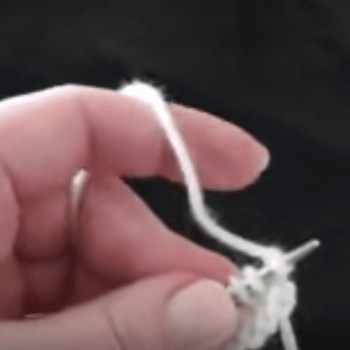
Practice your new tension by wiggling your index finger and maintaining tension on the yarn at the same time.
Restricted Video
 This video is available to members of Knitting Superstar University or the following classes:
This video is available to members of Knitting Superstar University or the following classes:
If you own this class, please LOG IN to watch.
The Continental Knit Stitch

Follow the video below to learn the sequence of movements that makes a knit stitch, Continental-style. Work 5-10 rows of garter stitch to practice.
Spend no more than 20 minutes practicing before you move on to the purl stitch – we’ll come back to knitting in a bit.
The Continental Purl Stitch
Let’s take a break from Continental knitting to work on your purl stitch. Initially, it is even more intimidating than the knit stitch, and many people why try it don’t learn how to do it correctly. I’m going to give you a good head start on doing this successfully: more finger aerobics.
Finger Aerobics II

Practice the left-hand movements necessary for the purl stitch before you add the right hand into the mix (otherwise you’ll end up just like in a real aerobics class, half a step behind and spinning the wrong way).
Having a good grip on your yarn is essential for doing the Continental purl stitch correctly – otherwise it will continually frustrate you.
Let’s practice the left-hand movements necessary for the purl stitch, before we add the right hand into the mix (otherwise you’ll end up just like in a real aerobics class, half a step behind and spinning the wrong way).
Restricted Video
 This video is available to members of Knitting Superstar University or the following classes:
This video is available to members of Knitting Superstar University or the following classes:
If you own this class, please LOG IN to watch.
The Continental Purl Stitch

Here’s how do to the Continental purl stitch, with two variations. Try both and see which you like more! Practice Continental purling for no more than 20 minutes before moving on to the next section.
Restricted Video
 This video is available to members of Knitting Superstar University or the following classes:
This video is available to members of Knitting Superstar University or the following classes:
If you own this class, please LOG IN to watch.
Yarnover – Continental
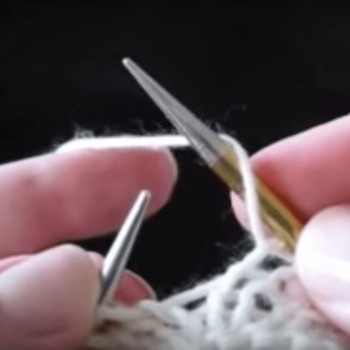
A continental yarnover is as easy as falling off a log. Here’s how to do it.
Restricted Video
 This video is available to members of Knitting Superstar University or the following classes:
This video is available to members of Knitting Superstar University or the following classes:
If you own this class, please LOG IN to watch.
1×1 Rib – Continental
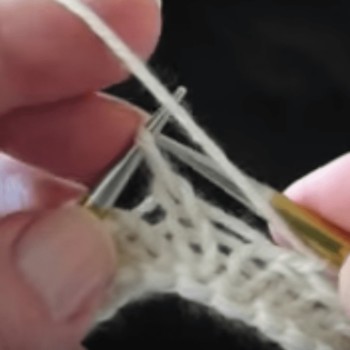
1×1 rib is very fast using the Continental style, once you get the hang of quickly moving the yarn to the front and the back of your work. Here’s where those finger aerobics really come in handy!
Restricted Video
 This video is available to members of Knitting Superstar University or the following classes:
This video is available to members of Knitting Superstar University or the following classes:
If you own this class, please LOG IN to watch.
Tips for Knitting Continental: Do You Have the “U?”
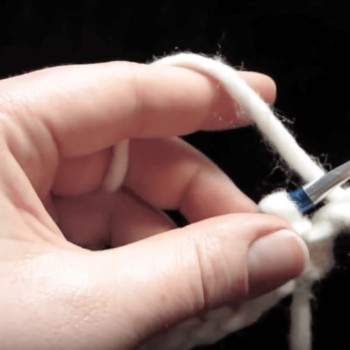
When I was recently teaching a friend to knit, I decided to teach him Continental-style from the beginning.
Getting his left hand to behave was the trickiest part, and also the part that helped him improve the most when he got the hang of it.
Here are the tricks he said were the most helpful.
Restricted Video
 This video is available to members of Knitting Superstar University or the following classes:
This video is available to members of Knitting Superstar University or the following classes:
If you own this class, please LOG IN to watch.
Making the Switch (Homework)
You may or may not want to switch entirely to Continental knitting right away.
Chances are, you’re much faster at American style, and not many of us are gluttons for punishment.
So, on your next project, do some of it Continental, and then switch back to American when you get tired of going slow. You’re brain won’t get confused, I promise.
It will take some dedicated practice knitting Continental, however, in order to get faster.
Once you are reasonably fast, I suggest that you try to switch completely. Remember, you can’t get better at driving stick if you usually drive an automatic. Take the automatic away, and boom! You’re driving stick.
Knitting Without Looking
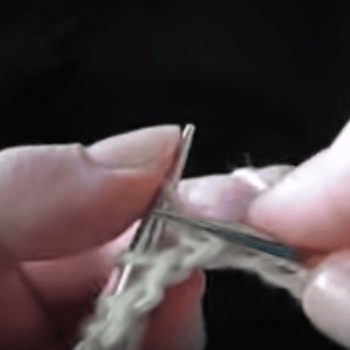
Once you’ve been knitting Continental for a few months and feel really good about it, try making the movements by touch. This video shows you what to feel for.
Restricted Video
 This video is available to members of Knitting Superstar University or the following classes:
This video is available to members of Knitting Superstar University or the following classes:
If you own this class, please LOG IN to watch.
Great job! I’m so proud that you’ve taken the time to learn Continental knitting.
Continental Knitting Illustrated: A Visual Cheat-Sheet
Download a printable PDF of this illustration
